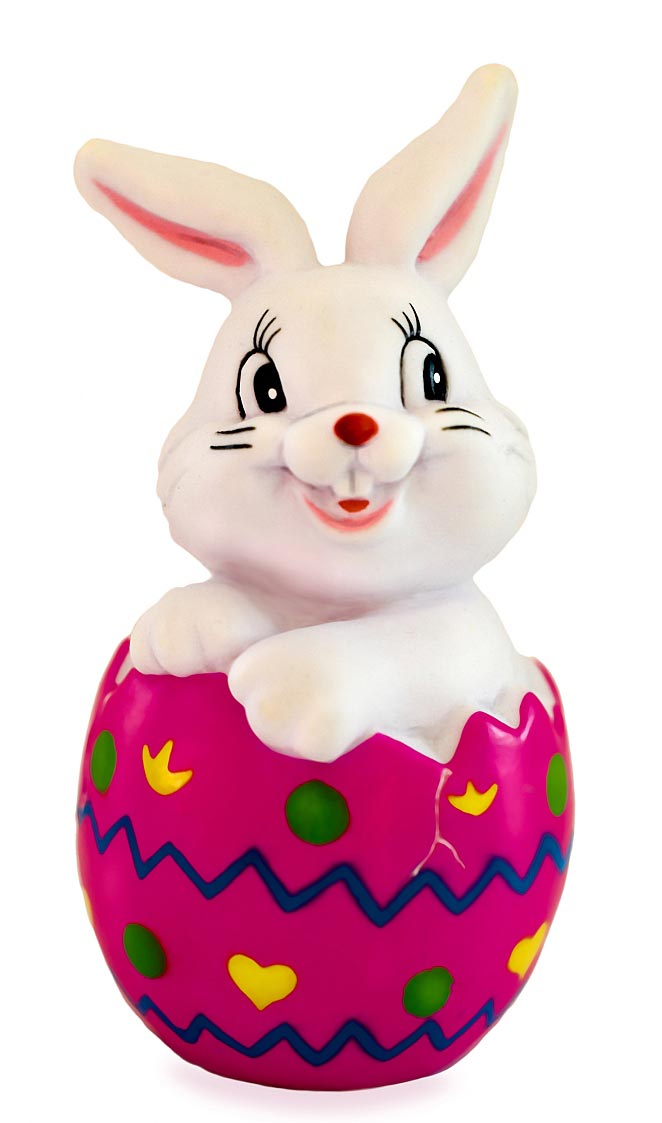 The Easter egg, distributed widely to children at Easter time, symbolises the start of new life, just as when a chick hatches from it’s shell, a new life is born.
The Easter egg, distributed widely to children at Easter time, symbolises the start of new life, just as when a chick hatches from it’s shell, a new life is born.
The western name for the festival of Easter derives from the Germanic word Eostre. The pre-Christian Saxons had a spring goddess called Eostre, whose feast was held on the 21st March, the Vernal Equinox. Some believe that Eostre was associated with eggs and hares symbolising the rebirth of the land in spring and the more modern introduction of the Easter bunny.
The ancient Persians painted eggs for Nowrooz, their New Year celebration, which falls on each Spring equinox. The Nawrooz tradition has existed for 2,500 years. The decorated eggs are one of the core items to be placed on the Haft Seen, which is the Persian New Year display. The sculptures on the walls of Persepolis show people carrying eggs for Nowrooz, to their king.
It was St. Gregory or Pope Gregory the Great who first ordered his missionaries to make use of old religious sites and festivals, and absorb them into Christian rituals where possible. The Christian celebration of the Resurrection of Christ was ideally suited for merging into the Pagan feast of Eostre, and many of the pagan traditions were then adopted into the Christian Easter festivities, thus encouraging pagans to turn to the Christian faith. It is through this folklore, the association between hares, and eggs originated.
The modern world has seen the introduction of the ‘Virtual Easter egg‘. Latter is an intentional hidden message, which can be secreted into movies, CDs, DVDs and computer programmes. With the rise of cybercrime and the increase in malware, many companies and government offices now forbid the use of software containing Easter eggs for security reasons, as there is now genuine concern that programmers could hide undocumented code, thus making it easy to access stored personal or confidential information.

Leave a Reply